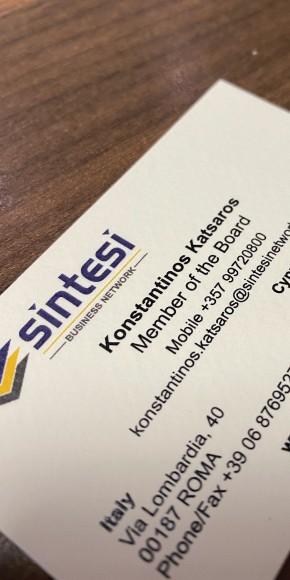EK ADVISORY SERVICES
EK ADVISORY SERVICES
- AIFS/AIFMS/CIFS
- Asset Management & Protection
- Blockchain
- Compliance
- Data Protection
- Debt Recovery & Restructuring
- Insolvency
- AIFS/AIFMS/CIFS
- Asset Management & Protection
- Blockchain
- Compliance
- Data Protection
- Debt Recovery & Restructuring
- Insolvency
Liquidations
A Cyprus company may be liquidated in two ways, namely by voluntary or involuntary liquidation.
Voluntary liquidation.
Voluntary liquidation can take two forms: voluntary liquidation by shareholders or voluntary liquidation by creditors.
The Registrar of Companies.
The regulating authority is the Registrar of Companies and the procedure is governed by the Companies Law.
Section 261 of the Companies Law provides:
“(1) A company may be wound up voluntarily
(a) when the period, if any, fixed for the duration of the company by the articles expires, or the event, if any, occurs, on the occurrence of which the articles provide that the company is to be dissolved, and the company in general meeting has passed a resolution requiring the company to be wound up voluntarily;
(b) if the company resolves by special resolution that the company be wound up voluntarily;
(c) if the company resolves by extraordinary resolution to the effect that it cannot by reason of its liabilities continue its business, and that it is advisable to wind up. (2) In this Law the expression “a resolution for voluntary winding up” means a resolution passed under any of the provisions of subsection (1).”
The procedure for voluntary liquidation.
The documents and the procedure are briefly the following:
- The accountants need to prepare financial statements as close as possible to the liquidation date.
- The directors should prepare and sign a statement of solvency. The statement of solvency is a declaration to the effect that the company can pay all its debts. A fundamental aspect of the voluntary liquidation by shareholders is the fact that the company is in a position to pay all its debts. If at any stage, it appears that this is not possible then a voluntary liquidation by shareholders is by operation of law transformed to a voluntary liquidation by the creditors. This means that the creditors come into the picture as well.
The statement of solvency must be made within five weeks immediately preceding the passing of the resolution for winding up the company and be delivered to the Registrar of Companies for registration before that date.
- The directors must prepare a statement of the company’s assets and liabilities as at the latest practicable date before the making of the declaration, showing values at the statement date and amounts estimated to be realized. The statement of assets and liabilities must be embodied in the declaration of solvency made by the directors of the company.
Items 1 to 3 must be presented to the Registrar to the Court for stamping and signature by the Registrar and the relevant fees should be paid.
- The secretary of the company must prepare a special resolution of an extraordinary general meeting, resolving that the company be wound up voluntarily and appointing liquidator.
The resolution must be advertised in the Official Gazette within fourteen days of its passing.
- The secretary or the lawyers of the company then complete and file the forms E43 (appointment of a liquidator) and E41 (acceptance by the liquidator) with the Registrar of Companies.
- The liquidator must, within fourteen days after his appointment, publish in the Gazette and deliver to the Registrar of Companies for registration a notice of his appointment.
- The liquidator must also notify the Commissioner of Income Tax, enclosing a copy of the publication of his appointment. It is imperative that a company that goes under voluntary liquidation must have settled all its tax liabilities.
- The liquidator then calls for a final meeting which is published in the Official Gazette. In the final meeting the liquidator presents a statement of the winding up, giving details to shareholders as to how the property and assets of the company were disposed of and creditors settled with.
- The statement of the liquidator is submitted to the Registrar of Companies and Commissioner of Income Tax.

































